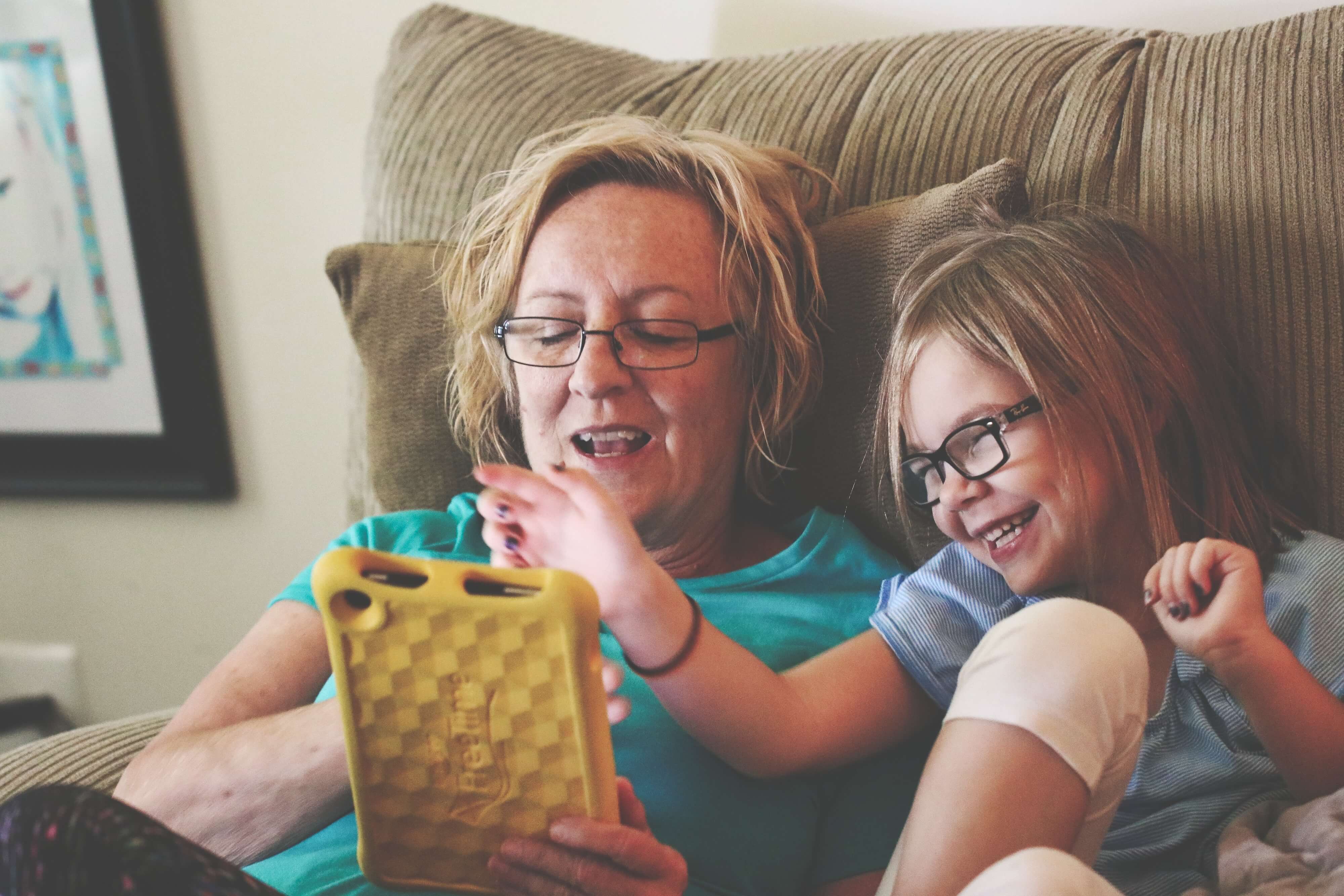Good Judgment Makes a Difference: A Letter from Our Executive Director

This morning one of my seven siblings sent a text to the family to retract information about COVID-19 he previously shared because he subsequently learned it was false. It was a dramatic reminder to me of the difficulty, even for adults, of ascertaining what is true and what to do especially in times of uncertainty and novelty. It was also a great example of someone caring more about the truth and well-being of others than his ego. I don’t think such behavior is unusual, but it could be celebrated more, especially in our media.
At the Alliance for Decision Education, we believe that better decisions lead to better lives and a better society. It’s on our mugs, website, and in nearly every email that we send in support of building a movement to bring decision skills to every middle and high school students’ educational experience. Although we believe it’s important for students to develop a variety of skills and dispositions in order to structure decision-making processes that lead to positive outcomes, we know at the heart of good decision making, integral to it, is judgment. Judgment is the capacity and process to make sense of the world and discern what is true, how the world works, and what to believe about it. Judgment is how we form opinions and update them based on what we think, perceive, and believe.
Teachers and parents often wonder what they can do to help the next generation. One answer is to help them to develop their judgment. Here are four steps:
| Step for Developing Judgment | Example |
| 1. Teach students to state their opinions explicitly – in clear, concise, and simple ways. | “I believe that washing my hands with soap and warm water is more effective than hand sanitizer” |
| 2. Have students say why they think that opinion is true. | “I heard it from a credible source this morning” |
| 3. Ask students to assign a specific amount of confidence to it. What chance do they think it has of being true? | “I have 80% confidence that this is true” |
| 4. Require students to think about and say what would change their minds. | “If a doctor said it was false I would lower my confidence 20%” |
By teaching young people to state their propositions or beliefs about the world in this way, we are teaching them to acknowledge and manage uncertainty. We are teaching them to be open-minded and truth-seeking. And we are teaching them to value being intellectually honest more than protecting their positions and egos. We are teaching them judgment.
As we navigate the coming weeks with students at home and lots of news about a global health crisis, we have an opportunity to lower anxiety and improve children’s well-being by focusing on good judgment.
The path to good judgment starts with learning how to think critically about forming and updating opinions, beliefs, and propositions about the world. Today’s personal and global challenges remind us that this is not only practical but imperative to teach students.
Warm regards,
Joe
Executive Director of the Alliance for Decision Education

